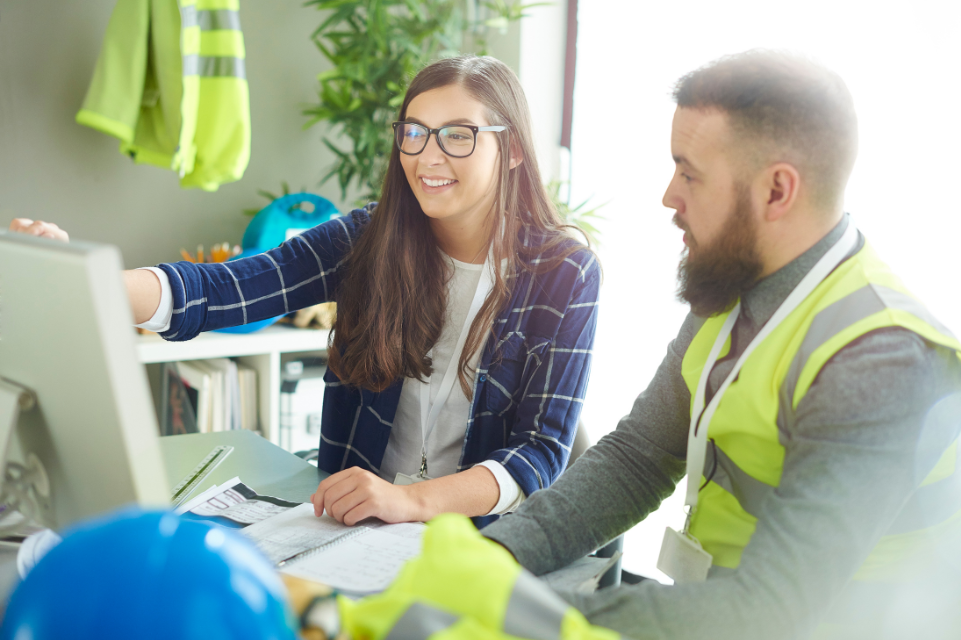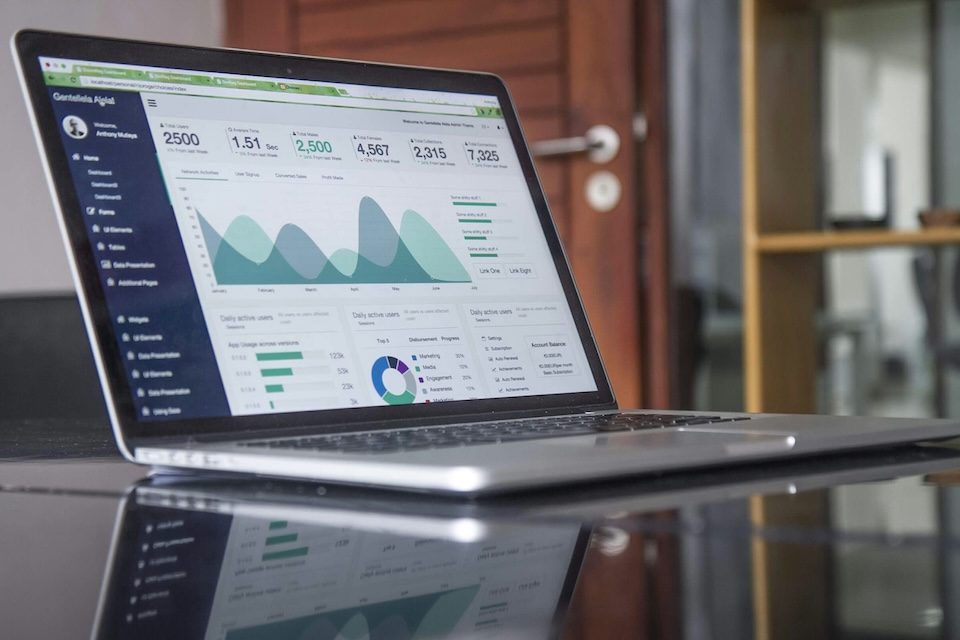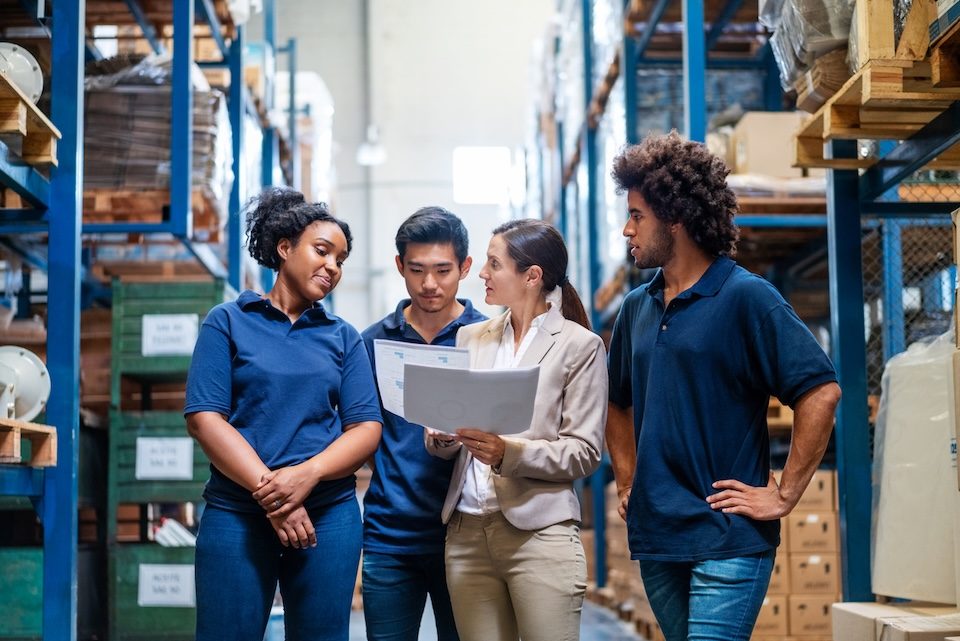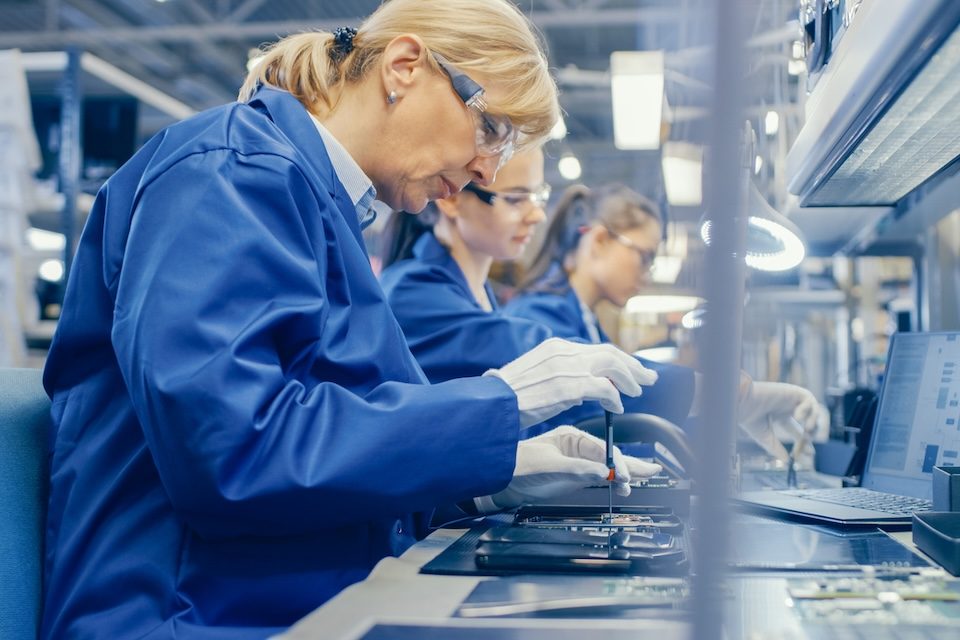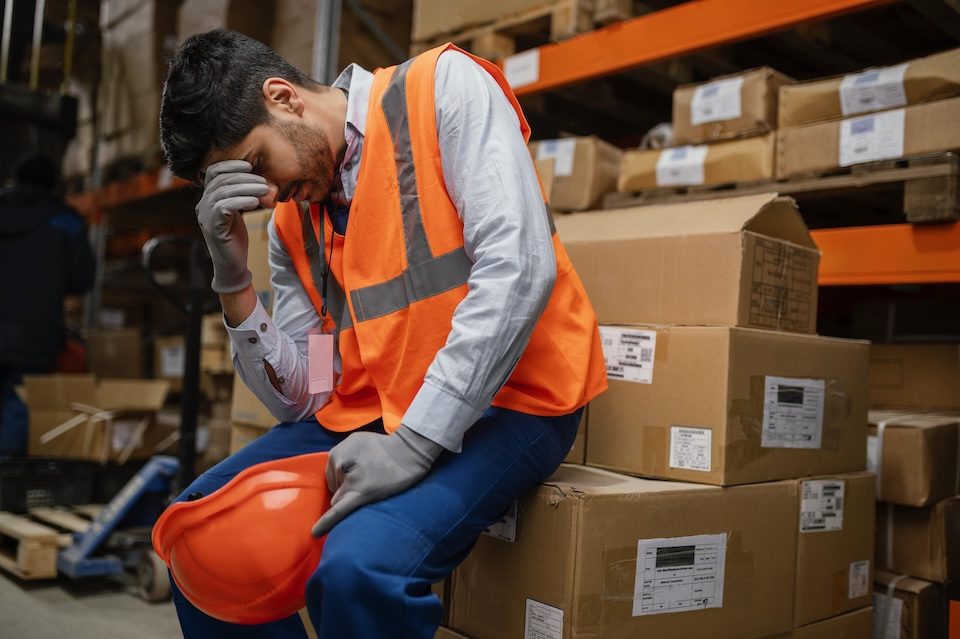In any modern business, particularly those with a mix of on-site and office-based teams, the well-being of employees should be a top priority. But too often, there’s a disconnect in how companies manage the health and safety of their workforce across different environments. While much attention is given to physical risks for on-site workers, it’s equally important to focus on the ergonomic needs of office-based staff.
By taking a holistic, proactive approach—using AI-powered solutions—businesses can identify risks in real time and create a safer, healthier environment for all employees, whether they’re on the construction site, factory floor, or behind a desk.
The Hidden Challenges: On-Site vs. Office Ergonomics
On-site workers, particularly those in manual labour roles, face obvious physical challenges. Repetitive movements, lifting heavy objects, and awkward postures can lead to musculoskeletal disorders (MSDs), which account for a significant portion of workplace injuries. In fact, nearly one-third of all workplace injuries are related to manual handling, causing pain, lost workdays, and increased compensation costs.
In construction specifically, musculoskeletal issues are especially prevalent due to the physical nature of the work. According to Adrian Marsh, Director of Health and Safety at the Construction Industry Training Board (CITB)
“Construction workers are frequently subjected to physically demanding tasks, which are often associated with high rates of musculoskeletal disorders. A proactive approach is essential to minimise these risks and ensure long-term worker health.”
But the risks don’t end there. Office workers, though not involved in manual labour, are also at risk of developing injuries. Long hours spent sitting at poorly designed workstations can lead to repetitive strain injuries, back pain, and neck problems. In the UK alone, musculoskeletal disorders caused by poor desk setups contributed to millions of lost workdays in recent years, highlighting the fact that office-based employees are not immune to workplace health issues.
The challenge lies in managing both types of risks across the organisation. The good news? With AI-driven safety solutions, businesses can take a proactive approach that protects all employees—regardless of where they work.
AI-Powered Solutions: Real-Time Risk Identification
One of the major advantages of AI-supported health and safety platforms is their ability to identify risks in real time. These systems use advanced technologies like video analysis and AI algorithms to monitor and assess employee movements, postures, and behaviours—whether on-site or in the office. By doing this, businesses can shift from reacting to injuries after they happen to proactively preventing them before they occur.
For example, on-site workers performing manual tasks such as lifting or bending can be recorded using a simple smartphone camera. AI will analyse the movement, assess potential strain or risk, and offer real-time feedback to reduce the chance of injury. This proactive approach has been proven to reduce injury rates by up to 30% in some industries.
Similarly, office-based staff can benefit from AI-powered DSE (Display Screen Equipment) assessments. These assessments evaluate desk setups and employee posture, providing personalised recommendations for improving ergonomic conditions. By addressing discomfort early, businesses can reduce the 6.6 million workdays lost annually to musculoskeletal problems and improve employee satisfaction and productivity.
One Unified Platform for Total Workforce Health
The key to managing employee well-being across both on-site and office environments is a unified, data-driven platform that provides real-time insights into the health and safety of the entire workforce. With AI-powered systems, all health and safety data—from manual handling risks to desk ergonomics—can be centralised into a single platform. This not only streamlines safety management but also ensures consistency in how risks are identified and addressed across the organisation.
This kind of all-in-one solution gives companies the ability to monitor both on-site and office risks in real time, offering the same level of care and protection to employees, no matter where they work. Instead of juggling separate tools or processes for different teams, businesses can now have a single source of truth for all employee health and safety information.
A Proactive Approach: From Risk Prevention to Employee Well-Being
With AI-supported platforms, businesses can do more than just prevent injuries—they can foster a culture of health and safety that supports overall employee well-being. By providing personalised training, ergonomic recommendations, and even mental health support, these systems help businesses proactively address both physical and psychological risks.
For example, AI-supported platforms offer ongoing ergonomic training for both on-site and office employees, which can be customised to each worker’s needs. This ensures that every individual receives the support they need to stay healthy and productive, whether they’re lifting heavy materials on the job site or spending long hours at their desk.
In addition, these platforms can monitor stress and burnout risk by analysing workplace behaviours and patterns. By flagging potential mental health risks early, businesses can provide timely support and prevent long-term absenteeism.
The Future of Workplace Health and Safety
As the workplace continues to evolve, it’s crucial that businesses adopt proactive, AI-driven health and safety solutions that can adapt to the needs of their diverse workforce. Managing on-site risks for manual labourers and ensuring ergonomic support for office staff no longer needs to be separate processes. By centralising data and leveraging real-time AI insights, companies can ensure they’re protecting all employees, no matter where they work.
The future of health and safety lies in smart, AI-driven solutions that allow businesses to be proactive, not reactive. By addressing risks early and providing ongoing support, companies can create a safer, healthier, and more productive environment for everyone—whether they’re operating heavy machinery or working at a desk.




